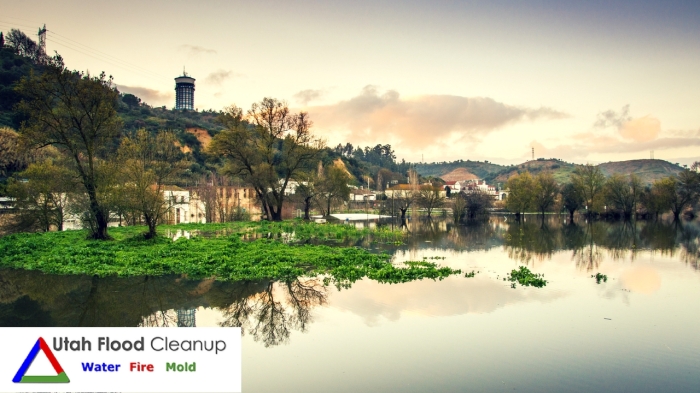
In the past five years, all 50 states have experienced either a flood or a flash flood. In a matter of minutes a wall of water, up to 10-15 feet in some cases, can come rushing into your home. After the flood subsides many people are left searching for answers about how to proceed. Below, we will take a closer look at the steps to take after a flood.
Proceed Cautiously
Of course, your safety is of the utmost importance. Flooding can often cause foundations to crack or structural elements to warp and twist. Your gas lines, water lines, and electrical could also be damaged in a flood and could be potentially dangerous. A best practice is to always turn off power to the fuse box when entering an area that was flooded.
Take Pictures
Before you begin the process of cleaning up after a flood it is important to take pictures to document the extent of the damage. These will help your insurance agency assess the amount of clean up required. It is always best to use digital photographs so they can be stored on a computer in multiple locations.
Personal Protection
Before proceeding into a flooded area make sure you protect yourself. Even if the water appears to be clean there could be sewage or dangerous bacteria in the water. Always wear high boots or waders and use rubber gloves when touching items that were exposed to flood water.
Water Removal
If it is safe at this point you can begin to remove the flood water if it has not fully subsided on its own. Pumps can be used to drain areas and can be purchased for a few hundred dollars. After the water has been removed be sure to eliminate any debris. Flood water will often bring sediment into your structure that must also be removed.
Mold
Following a flood, a mold is the most dangerous concern. Even if it appears that the flood damage is repaired, mold can be present in anywhere that was exposed to water, even minimally. Mold can quickly spread in the structure of your home in areas that may not be immediately visible. In as little as 48 hours following a flood, mold can start to grow. It is important to get trained professionals to begin the mitigation and remediation process. Flood damage experts will be able to quickly assess the damage and move to eliminate future issues with mold.
Floods can happen anywhere and at any time. It is important to know that you have experts on your side that can help get your life back to normal. The professionals at Utah Flood Cleanup can help dry your structure and clear your home of a mold after a flood. To learn more about the services we offer, visit our website at utahfloodcleanup.com.
About the Author:
Josh Ray is a disaster cleanup professional and the owner of Utah Flood Cleanup. He is a certified mold professional, asbestos inspector, water damage IICRC carpet cleaning professional, and holds a RRP certification. You can rest easy knowing an experienced professional is helping repair you fire damage, water damage, or mold remediation issue.
Utah Flood Cleanup
685 E. 2850 N.
North Ogden, UT 84414
(801) 416-2666
